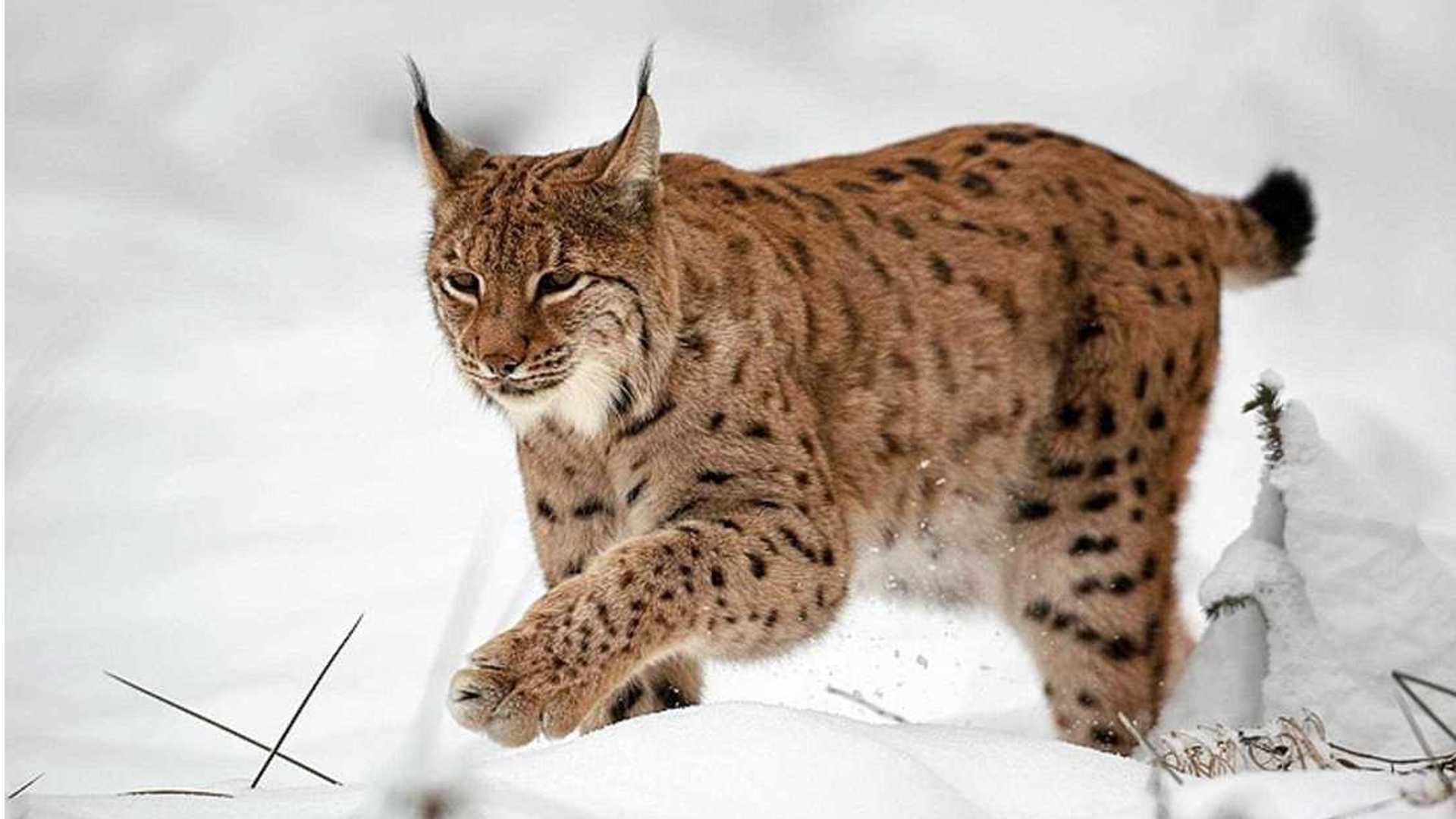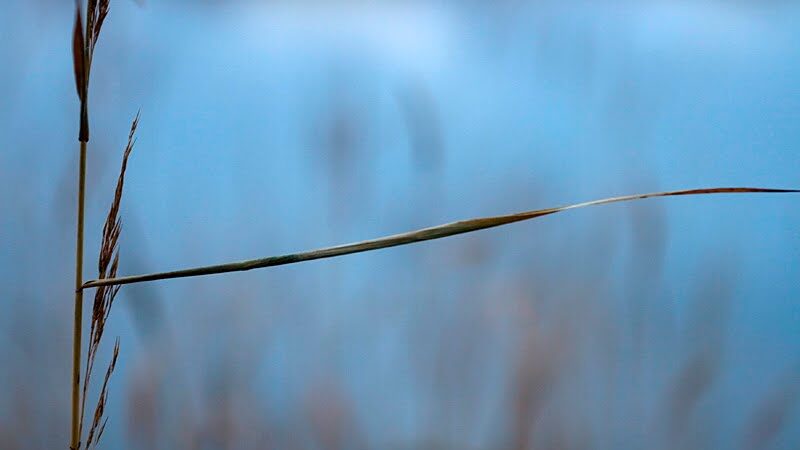Let's say you were brought to a forested area, by the sea, or to a wetland ecosystem; if you have a keen eye, you might be able to identify certain flora and fauna that only exists in one part of the world.
Could you tell if you were in Canada or Estonia based on observing plants, trees, and animals? For the average person, who might spend the majority of their time in urban and suburban areas, these differences are less noticeable. Let's compare some mammals that you'll find in Estonia and Canada, to see how we can identify their characteristics.
Brown Bear (Latin “Ursus arctos” or Estonian “pruunkaru”)
If you come across a brown bear by the sea, you're probably looking at a North American brown bear. These tend to be larger than the Eurasian brown bear, due to a high consumption of fatty fish from May to August. In Estonia, there are around 700 brown bears, many of whom live in the inland forests of Alutaguse National Park. Furthermore, if you came across a black bear, you're definitely not in Estonia: Canada has nearly 500,000 black bears, while Estonia has none.
Ringed Seal (“Pusa hispida” or “viigerhüljes”)
You would have to travel much further north, to the Arctic Circle or Newfoundland, to find these in Canada. Estonia is one of the most southern latitudinal points in the world where you can see ringed seals. They're known for their contrasting light coloured rings against dark skin. They are a smaller species, up to 1.5 metres in length, while the grey seal, found in Nova Scotia for example, ranges between 1.95 and 2.5 metres long. Ringed seals can live further away from open water due to their ability to claw safe breathing holes through ice.
Red Squirrel (“Sciurus vulgaris” or “Punaorav”)
Eurasian red squirrels found in Estonia have tufty red hair on their ears, while their North American counterparts do not. This is the most noticeable difference. Behaviourally speaking, Estonian red squirrels are less territorial, while Canadian red squirrels put in a great deal of effort to keep intruders out of their range. The diet of both types includes seeds, nuts, insects, and wild mushrooms.
Hedgehog (“Erinaceus europaeus” or “siil”)
Hedgehogs are an important Estonian animal, and they were a runner-up to being named Estonia's national animal in 2018, with the honour finally bestowed to the wolf. A wise hedgehog gave advice on weaponry in the epic tale of Kalevipoeg. But you won't find them in Canada's nature. It's actually illegal to keep them as pets in numerous cities. You can identify one by the pointy spines that reach from the tops of their foreheads to their backs. In the wild, they like to keep to themselves and have clear territorial boundaries.
Eurasian Lynx (“Lynx lynx” or “ilves”)
The lynx found in Northern Europe, including Estonia, is the largest in the world. Its length ranges from 80 to 120 centimetres, while the Canadian lynx is half this size. Due to this increased size, Estonian lynxes tend to attack larger prey such as deer. Both varieties have fur on the bottom of their paws and widen their paws like snowshoes as they walk, allowing them to stalk their prey efficiently in snowy conditions.
Though Canada is obviously much larger than Estonia, with more biomes and climate types, there are many similarities between the mammals you will see in both places. At a time when the Oxford University Press has omitted certain words relating to nature from its Junior Dictionary, it's a good practice to look at these animals and remember how they add balance and vitality to the world we share with them.
This article was written by Vincent Teetsov as part of the Local Journalism Initiative.




